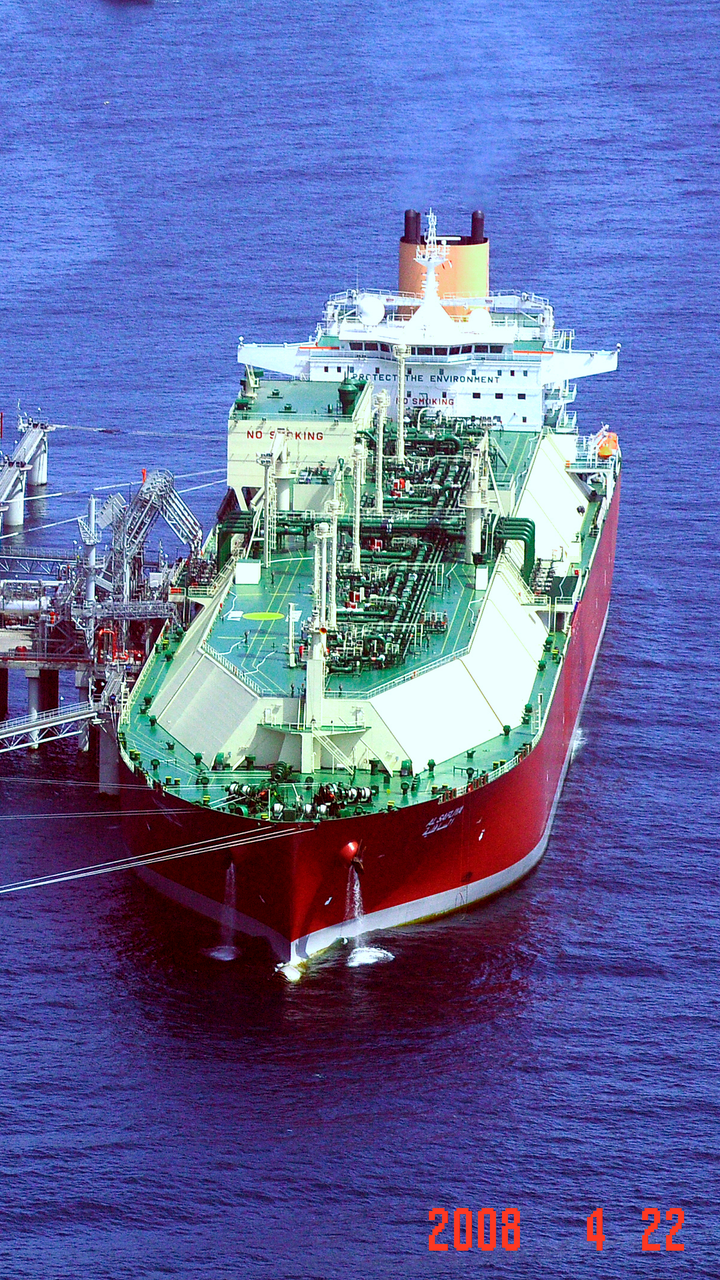The First LNG Terminal on North America's Pacific Coast

- Project Name
- Receiving, Storing and Regasification Terminal
- Location
- Ensenada, Baja California, Mexico
- Client
- Energía Costa Azul
The First LNG Terminal on North America's Pacific Coast is Delivering Natural Gas to Customers in Mexico and the United States
Unlike the reality of the real estate industry, location isn’t everything in the natural gas sector. In the case of building a Baja California liquefied natural gas (LNG) plant, location offered one of the project’s biggest challenges.
Perhaps most notable was the remote location, with limited infrastructure and a shortage of skilled workers. What’s more, the project was located on a rock hillside and in a difficult marine wave environment. Blasting of the hillside included moving massive amounts of rock and filling the marine rock jetty. Installing seawater intakes in 45 feet of water and building the entire new marine ship docking required protecting the temporary works from the endless pounding of the Pacific Ocean waves.
Global Execution
Energía Costa Azul S. de R.L. de C.V. selected Black & Veatch to lead a global alliance to solve those problems and build an efficient LNG plant in Ensenada, Mexico. The alliance included Mitsubishi Heavy Industries of Japan, Vinci Construction Grands Projects of France and Techint of Mexico.
The large-scale LNG terminal required the global team effort to carry out the work. The scope included the LNG berthing and unloading facilities, two LNG storage tanks, and regasification and send-out facilities. The terminal and new marine facilities can receive and unload LNG ships that can hold up to 220,000 cubic meters (m3) of LNG.
The two, 18-story storage tanks, in total, utilized more steel than the Eiffel Tower, each having a 2- to 3- foot thick reinforced concrete outer structure and a 9 percent nickel steel inner tank. The LNG is held in the storage tanks until gasified via open-rack vaporizers and is then delivered to the 42-inch pipeline.
The Energía Costa Azul LNG terminal can regasify up to 1.3 billion standard cubic feet per day of natural gas with room for expansion. It is fully self-sufficient and generates its own power, utility air, potable water and service water.
Permitting and compliance at the local and federal government levels ensured protection of marine and land fauna and endangered flora. The project team made sure cultural remains were preserved and marine fauna migration paths conserved. As an example, protected cacti were removed and stored in a nursery for later re-planting in the area.
The regasified natural gas is used for supply to consumers and for power generation in Baja California and Southern California. It meets all Mexican and U.S. gas pipeline quality standards.
The terminal is fully self-sufficient and generates its own power, utility air, potable water and service water.
Contact Us
Looking for a partner in innovation?
Let's Talk
